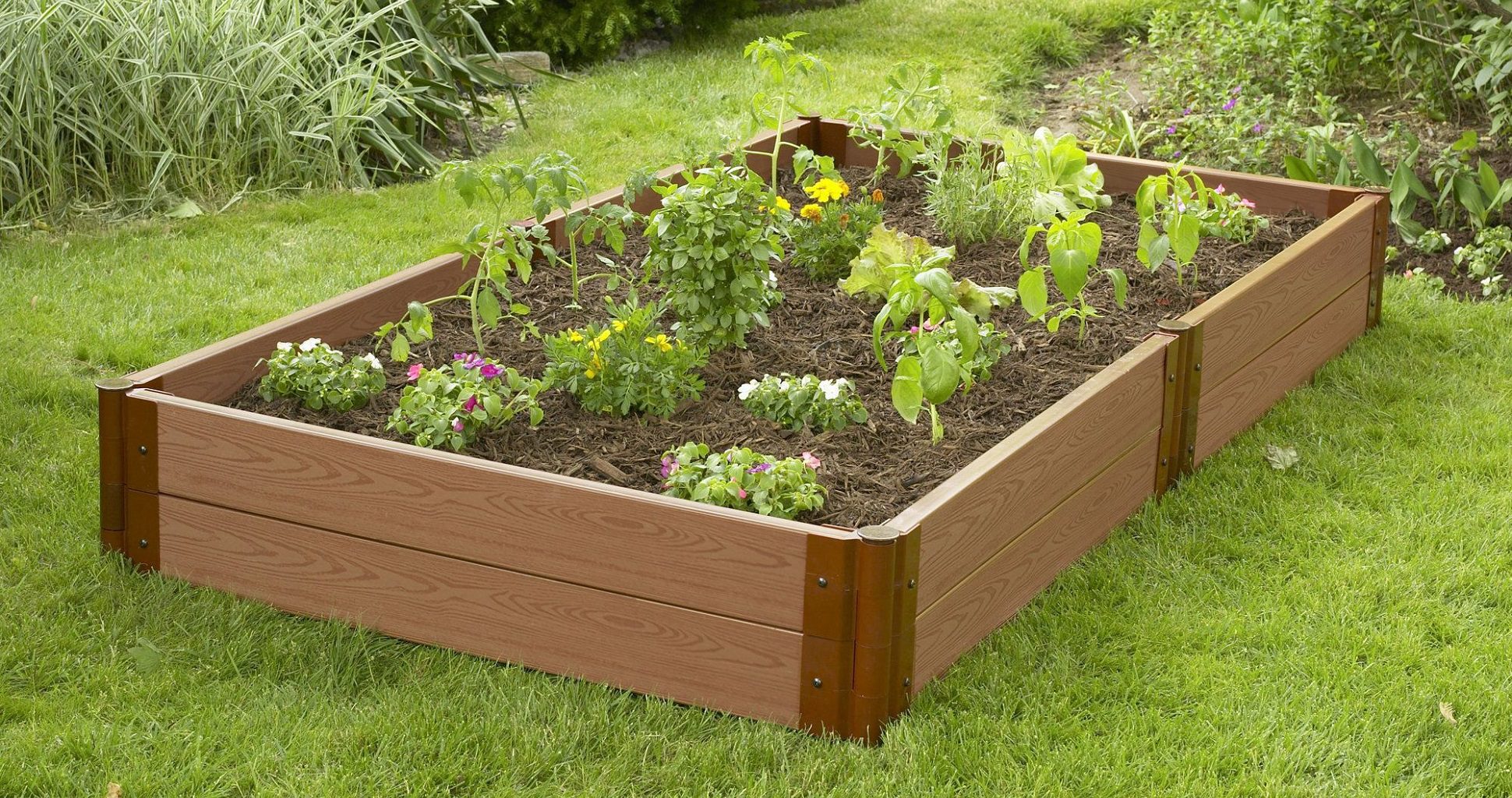Putting up garden beds is a great way to help plants grow, get rid of weeds, and make gardening more comfortable. But corners must be built correctly for the bed to be strong, have clean lines, and last a long time.
Using corner brackets made just for raised beds is an easy way to keep the edges stable and give the beds a nice, finished look.
In this comprehensive guide we will cover
- Benefits of using corner brackets
- Key features to look for when selecting brackets
- Pro tips for installing and using raised bed corners
- DIY alternatives for securing corners
- Creative ways to incorporate brackets into bed design
Why Use Corner Brackets for Raised Beds?
The main advantages of using corner brackets on raised garden beds include:
-
Provide strength and rigidity – Brackets reinforce and stabilize the bed structure at the corners which experience the most stress. This prevents loosening or distortion over time.
-
Enable neat 90° angles – The precise right angles of brackets result in straight edges compared to makeshift joints,
-
Create finished look – Brackets give beds a neat, tailored appearance compared to basic butted wood joints.
-
Allow easy assembly – Corner brackets speed up construction compared to cutting angled joints and anchoring boards.
-
Accommodate various heights – Brackets come in a range of sizes to suit the height of your bed.
-
Provide anchoring – Many brackets anchor securely into the ground, preventing the bed from shifting
What to Look for When Selecting Raised Bed Corner Brackets
Here are the key features to evaluate when choosing corner brackets for your DIY or kit raised beds:
Materials
-
Powder-coated aluminum: Lightweight, won’t rust and resists scratching. Provides sleek modern look.
-
Galvanized steel: Durable and strong while resisting rust. Provides industrial vibe.
-
Stainless steel: Slightly more expensive but highest corrosion resistance. Brings contemporary appeal.
-
Recycled plastic: Made from recycled materials; can feel less substantial. Offers eco-friendly option.
-
Wood: Blends into wooden beds but less durable than metal. Requires regular sealing/stain.
Height
-
Match the bracket size to the height of your raised bed sides, usually from 6 to 24 inches tall.
-
Look for adjustable brackets to accommodate different size boards.
Thickness
-
Thicker brackets around 0.05-0.1 inch provide the most strength and stability.
-
Thinner brackets can bend more easily under pressure.
Corner Design
-
90° right angle brackets are best for traditional rectangular raised beds.
-
Brackets with obtuse or acute angles create angled edges for unique shapes.
Mounting
-
In-ground brackets have spikes or stakes to anchor into the ground for strength.
-
Surface-mount brackets offer flexibility but risk bed shifting if unanchored.
-
Some brackets offer both in-ground and surface mount options.
Weight Rating
-
Look for a high weight rating like 500+ lbs for maximum durability with heavier soil.
-
Lower ratings around 100-300 lbs limit soil capacity to avoid distortion.
Pack Size
-
Ordering in bulk packs saves money for outfitting multiple raised beds.
-
Singles can be useful for DIY beds with mismatched corner dimensions.
Price
- Corner brackets range from about $3-$15 per bracket. Balance your budget with needed features.
7 Pro Tips for Installing and Using Raised Bed Corner Brackets
Follow these expert tips for properly incorporating brackets into your raised garden bed project:
-
Ensure the bed foundation and site are level before starting. Check with a spirit level.
-
Position and align first corner bracket 6-12 inches from corner and attach side boards.
-
Attach second perpendicular side tight to first before securing next brackets.
-
Anchor in-ground brackets into soil by hammering stakes or pushing spikes into earth.
-
For surface-mounting, use heavy duty exterior screws to attach to base boards.
-
When filling bed, distribute soil evenly around perimeter to prevent corner distortion.
-
Check brackets yearly for soil buildup; remove and clean to prevent corrosion and rust.
Creative Ideas for Using Raised Bed Corner Brackets
Don’t limit yourself to plain rectangle beds! Take advantage of the flexibility and durability of brackets for unique designs:
-
Add ornamental covers over plain brackets to match your garden style.
-
Integrate corner shelves into beds to hold trellises, lights or garden art.
-
Use colorful metal brackets as an accent against neutral wood beds.
-
Create geometric raised beds with angled corners using specialty brackets.
-
Make multi-level raised beds on slopes with brackets securing each tier.
-
Mix and match bracket colors/finishes for an eclectic look.
Budget-Friendly Alternatives for Reinforcing Corners
While purpose-made metal brackets offer durability, you can also use these DIY solutions:
-
Notched wood blocks secured with exterior wood screws
-
Scrap lumber triangles nailed into stud corners
-
Thick wooden dowels or metal rebar driven diagonally into corners
-
Galvanized steel pipe fittings screwed into stud corners
-
Heavy duty shelf brackets anchored into ground and screwed to bed sides
-
Landscaping timber corner joints stacked in pyramid shape
-
Concrete footings poured around outside corners for reinforcement
Though more labor intensive, these alternatives allow flexibility to accommodate found or repurposed materials.
A Closer Look at the Raised Bed Corners | Gardener’s Supply
FAQ
Should I put rocks in the bottom of my raised garden bed?
Do you put landscape fabric under raised beds?
- The Ultimate Guide to Growing Strawberries in Raised Beds - August 8, 2025
- No-Dig Garden Beds: The Easiest Way to Grow a Beautiful Garden - August 6, 2025
- How to Protect and Preserve Wood for Raised Garden Beds - August 6, 2025

